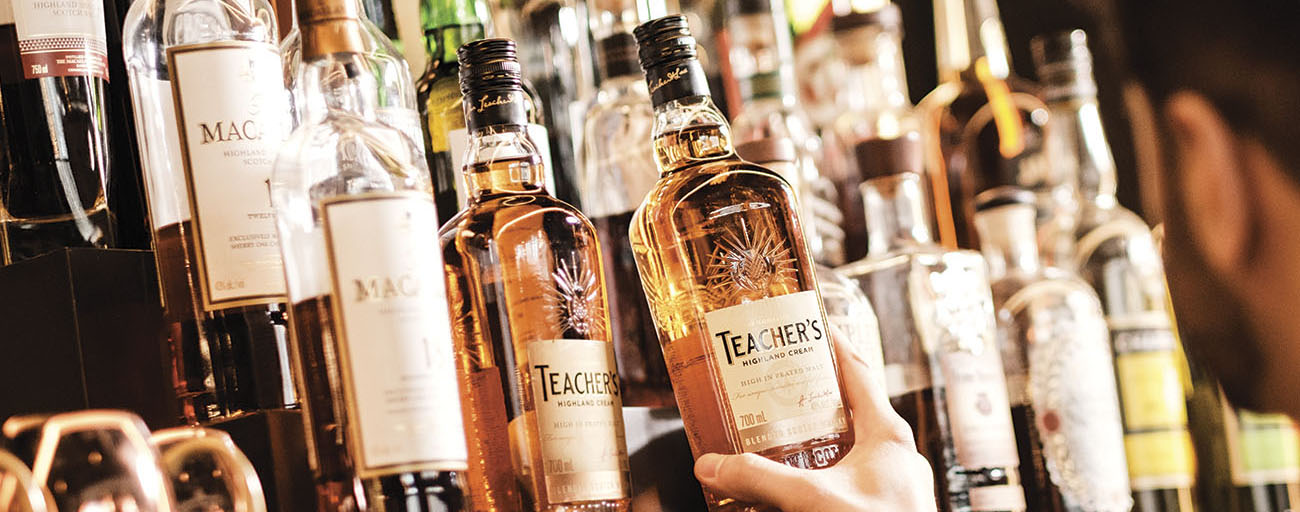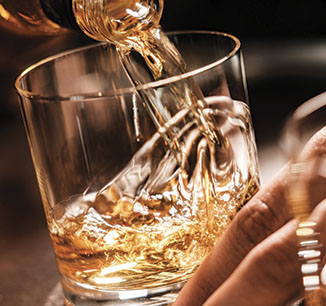
EXPERTS GUIDE
The origins of Whisky
The word whisky originates from the Gaelic ‘uisge beatha’ or ‘usquebaugh’ which simply means ‘water of life’. Who first invented whisky has long been disputed between the Scots and the Irish, although most agree that monks brought distillation along with Christianity in the 4th and 5th centuries. An entry in the 1494 records, known as the Exchequer Rolls, helps us understand the origin of whisky in Scotland. It reads ‘by order of the king, eight bolls of malt to Friar John Cor wherewith make aqua vitae’. John Cor was the distiller at Lindores Abbey in Fife. According to the SWA, ‘eight bolls’ would be enough to produce almost 1,500 bottles, an indication that whisky making was already established in Scotland by the 15th century.
Whisky was initially ‘taken’ for its believed medicinal qualities - records show it being prescribed for Smallpox, Palsy and Colic. The commercial demand for whisky came in the mid 18th century, possibly due to the rise of urbanised societies. Glasgow, the home of Teacher’s (known then as the Second City of the Empire), boasted a population of 762,000 in 1901 and it was around this time whisky became a drink for the masses.

Experts guide
Whisky regions
To protect the world's leading and much loved Scotch spirit, rules are in place to ensure the quality, authenticity and integrity of Scotch whisky is retained. Regulations set by the SWA state that the whisky must retain the colour, aroma and taste derived from the raw materials used in production and maturation. It must also be aged in oak barrels for a minimum of 3 years and the minimum bottling strength is 40% ABV (Alcohol By Volume).
The 5 whisky-producing regions in Scotland are: the Highlands, Islay, Speyside, the Lowlands and Campbeltown. Regions are based on their geographic location and this tends to influence the flavour profile of the whisky being crafted. Teacher’s is a Highland whisky – the Highlands being by far the largest area giving a greater diversity of styles within the region. Of course it is not only the location that will determine the style of the whisky. The ingredients, size and shape of the stills and the experience of the craftsmen will all combined to create unique flavour profiles.









